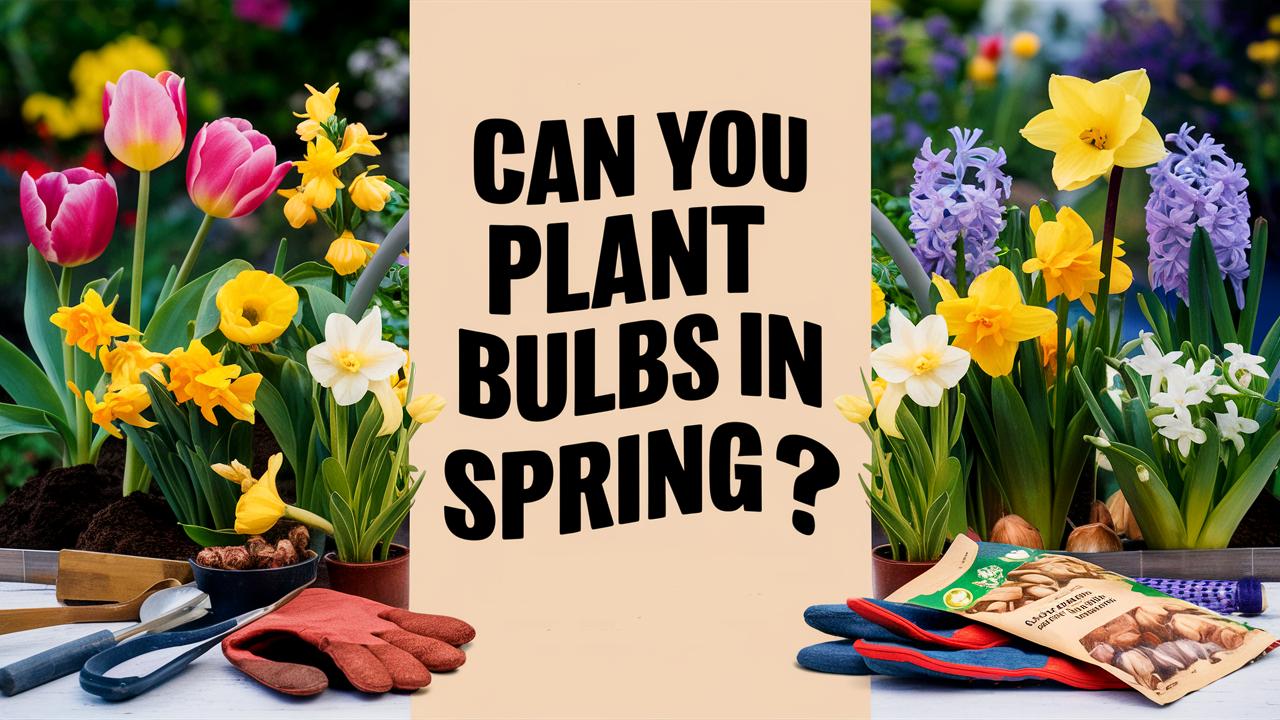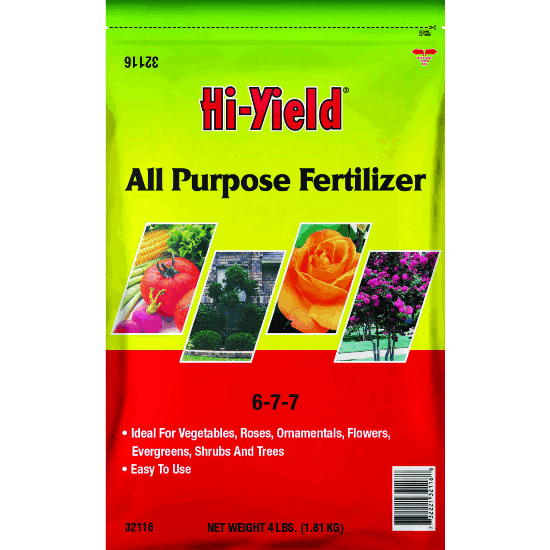Spring is the season when nature breathes new life into the landscape, offering us a vibrant palette of colors and aromas that signal the end of winter’s dormancy. As daffodils, tulips, and hyacinths begin to bloom, many gardeners may find themselves asking the question: “Can you plant bulbs in spring?”
In this comprehensive guide, we will explore planting flower bulbs in detail, providing you with everything you need to know about planting bulbs in springtime.
The Best Spring Bulbs to Plant
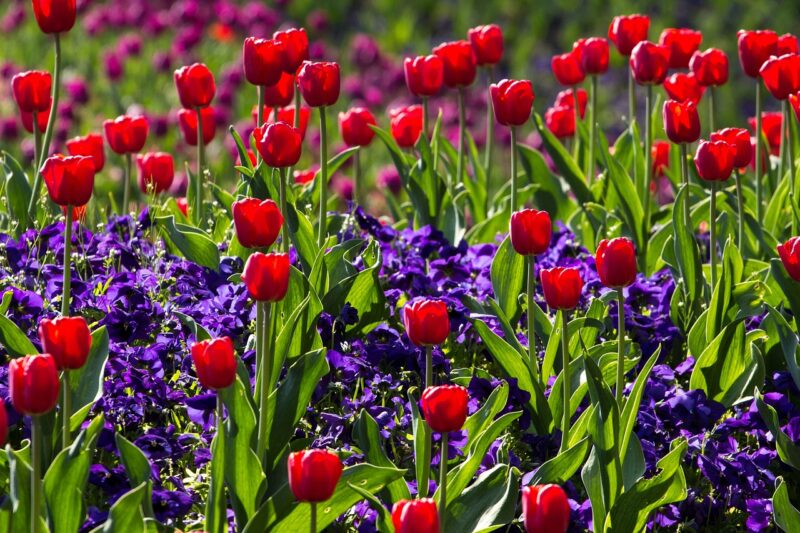
Most gardeners are aware that spring is generally the time for bulbs that have been planted in the previous fall to showcase their colors. However, certain types of bulbs can indeed be planted in spring, making it an exciting time to expand your garden. Here are some of the best options for spring planting:
Summer-Flowering Bulbs
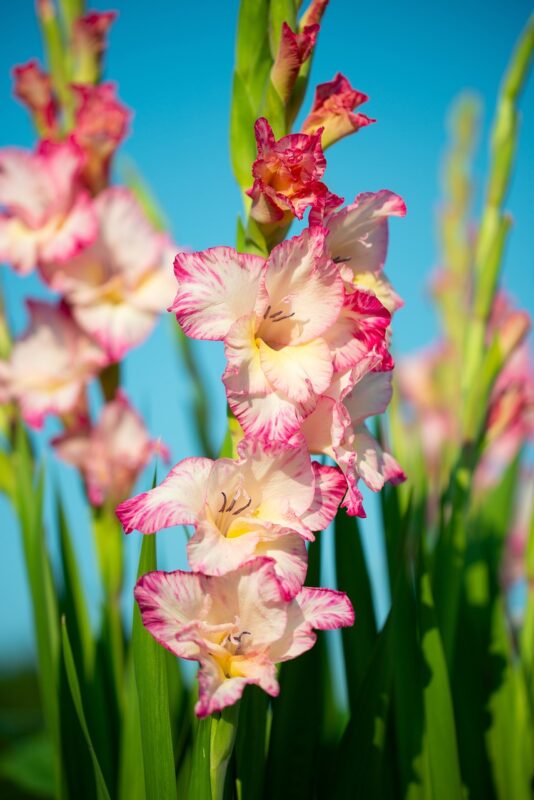
When considering spring planting, summer-flowering bulbs are typically your best bet. These bulbs are perfect for adding color and vibrancy to your garden during the summer months. Examples include:
Lilies: Elegant and fragrant, lilies can be planted in spring for a late summer bloom.
Dahlias: Available in a wide array of colors and forms, dahlias thrive when planted after the last frost of spring.
Gladiolus: Known for their tall spikes of blossoms, gladiolus should be planted once the soil warms.
Corms and Tubers
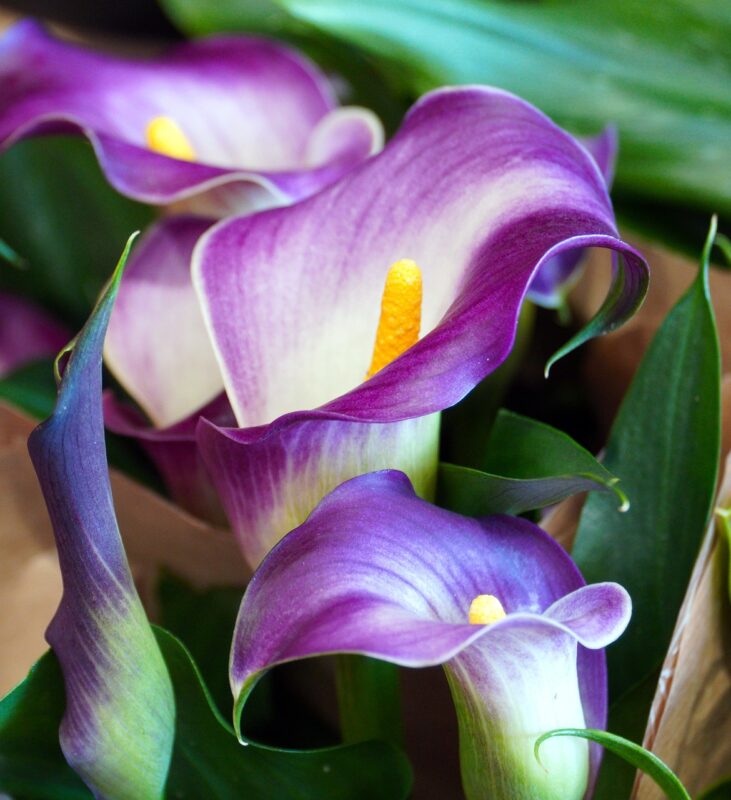
Corms and tubers can also be planted in spring. They typically require warmer soil conditions to grow effectively and will begin to emerge when temperatures rise:
Crocus: While often thought of as spring bloomers, planting corms of Crocus in spring can also yield beautiful blooms for a late summer display.
Calla Lilies: These elegant flowers flourish best when planted in spring, giving you vibrant blooms during the warmer months.
Perennial Bulbs

Certain perennial bulbs can be planted in spring to enhance your garden’s longevity. These include:
Freesia: Cheerful fragrances and colorful flowers make freesias a lovely addition when planted in spring.
By selecting the appropriate bulbs for spring planting, gardeners can enjoy colorful blooms throughout the growing season.
When to Plant Bulbs in Spring

Timing is everything in gardening. For spring planting, understanding the local climate and frost dates is paramount. Here’s a guideline to help you assess the best time for your area:
Frost Dates
The general rule for spring planting is to wait until after the last frost. This is crucial for bulbs because they can easily be damaged by frost heaving, which occurs when frost pulls them out of the ground. Use local agricultural resources or gardening centers to determine your last frost date, and plan on planting your bulbs after this date has passed. In cooler regions, this may be as late as mid-May, while warmer areas might allow for earlier planting.
Soil Temperature
Soil temperature plays a critical role in the success of spring bulb planting. Most bulbs prefer soil temperatures above 50°F (10°C) for optimal growth. A simple way to assess soil temperature is to use a garden thermometer. By checking the soil, you can ensure it’s warm enough for bulbs to take root and thrive.
Preparing Your Garden for Spring Bulbs
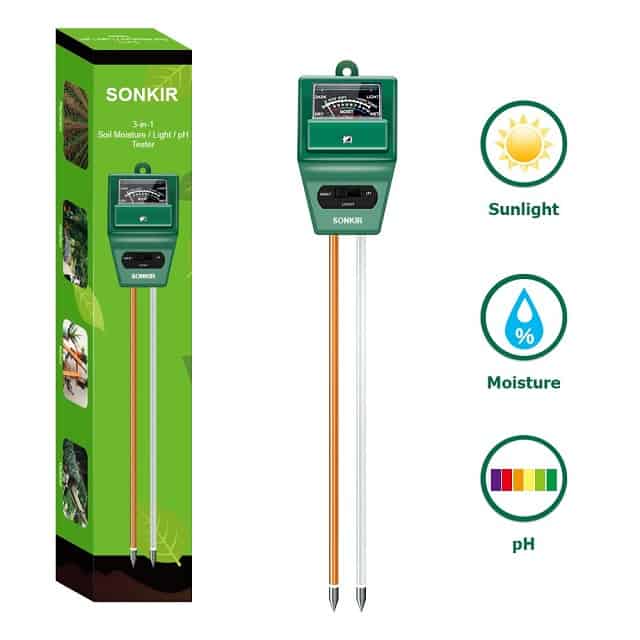
Now that you have determined when to plant, the next step involves preparation. Just like any successful endeavor, good preparation is key to a flourishing garden. Here are some tips for getting your garden ready for spring bulbs:
Soil Testing
Before planting, conduct a soil test to understand its pH and nutrient levels. Most bulbs prefer slightly acidic to neutral pH and well-drained soil. If necessary, you can amend your soil with compost or fertilizers to promote healthy growth.
Site Selection
Choose a suitable location for your bulbs. Most prefer full sun, which means at least six hours of direct sunlight each day. Consider the broader landscape and how your bulbs will complement existing plants. Grouping bulbs by height and color can create visually stunning arrangements.
Drainage
Bulbs are susceptible to rot if they sit in waterlogged soil. Ensure your site drains well. If planting in a low-lying area that retains moisture, consider raising the beds or planting in a pot.
Planting Techniques for Spring Bulbs
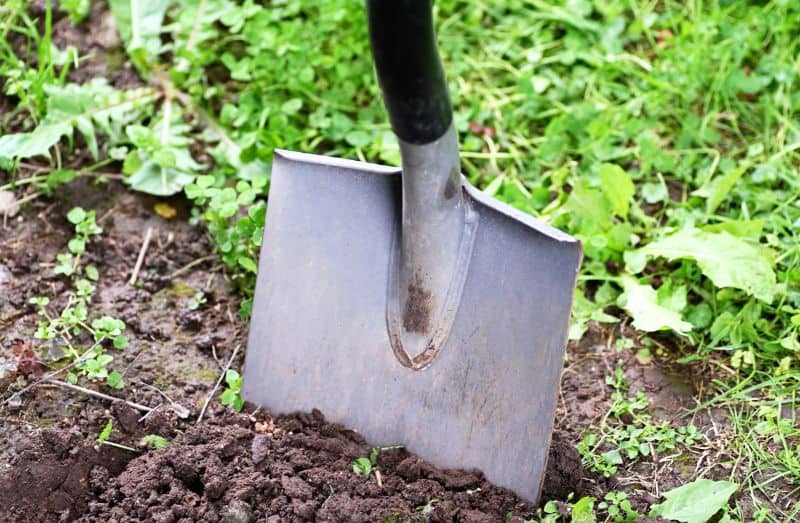
Successfully planting your bulbs requires attention to detail. Here’s a step-by-step guide to get you started:
1. Digging the Holes
Create holes that are two to three times deeper than the height of the bulb (for smaller bulbs, this may mean approximately six to eight inches). The depth may vary based on the type of bulb, so always check specific guidelines.
2. Orientation of Bulbs
When planting, ensure that you position the bulbs correctly. Most bulbs have a pointed end, which should face upwards, while the flat end goes below the surface. This orientation takes advantage of their natural growth patterns.
3. Spacing
Pay attention to spacing recommendations since bulbs can spread over time. According to the specific variety, appropriate spacing usually ranges from four to eight inches apart. This will ensure they have enough room to grow without competing for resources.
4. Cover and Water
After planting, layer the bulbs gently with soil and water them thoroughly to settle the soil. Avoid overwatering, as this can lead to rot.
Caring for Spring-Planted Bulbs
While many gardeners may think that once bulbs are planted, minimal effort is required, proper care is still essential. Here are some pointers for maintaining your newly planted bulbs throughout the growing season:
1. Watering
Once your bulbs are in the ground, monitor moisture levels. During the initial growth stages, bulbs will need regular watering, particularly if spring is dry. Once established, most bulbs prefer moderately moist conditions.
2. Fertilization
Once bulbs have started to grow, a light application of fertilizers can promote more robust blooms. Choose a balanced fertilizer and apply it according to parcel recommendations. This will ensure your bulbs have the nutrients needed for optimal growth.
3. Pest and Disease Control
Keep an eye out for common pests and diseases that can affect bulb growth. Aphids, snails, and fungal diseases are just a few threats. Take proactive measures by utilizing organic pest deterrents and ensuring good air circulation around the plants.
4. Deadheading
After flowering, prune away spent blooms but allow the foliage to remain intact until it has yellowed. The leaves are still performing photosynthesis, gathering energy for future growth.
Advantages of Planting Bulbs in Spring
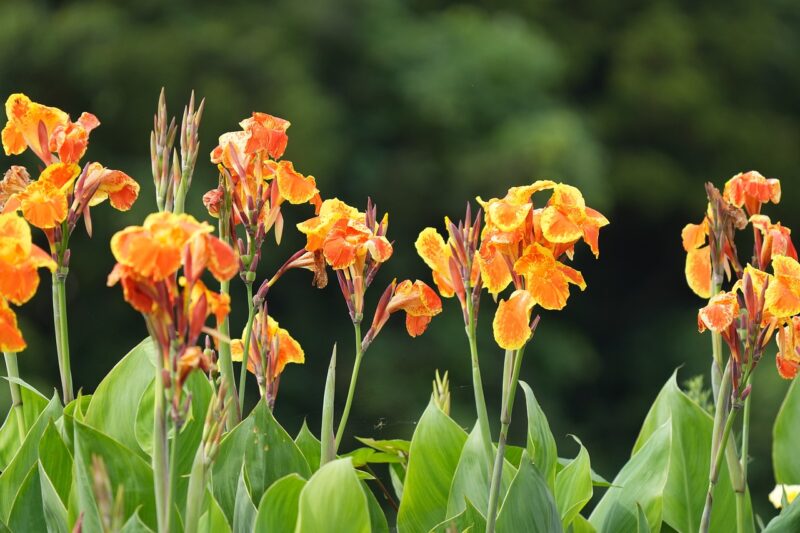
Now that we have covered the when, how, and what of planting bulbs in spring, let’s explore some of the advantages of this practice:
1. Extended Blooming Season
Spring planting can lead to a staggered blooming period, giving your garden ongoing bursts of color. By planting bulbs at different times, you can enjoy various blooms throughout the summer months.
2. Opportunities for Latecomers
For gardeners who missed the fall planting window, spring provides another chance to incorporate bulbs into their gardens. It allows everyone to participate in bulb gardening, regardless of their previous plans.
3. Adaptation to Climate
In regions with milder climates, planting bulbs in spring can help them adapt to changing environmental conditions and increase their chances of thriving in the local terrain.
Challenges of Spring-Planting Bulbs
While spring planting has its advantages, it’s essential to recognize the potential challenges as well:
1. Limited Selection
Unlike fall planting, which offers a vast array of options, spring planting may have a more limited selection. Many popular bulbs have already been sold out by the time spring rolls around, limiting choices for the eager gardener.
2. Varied Performance
Some bulbs might not perform as well when planted in spring compared to their fall-planted counterparts. It can sometimes result in smaller blooms or fewer flowers.
3. Increased Care Requirements
Spring-planted bulbs may require a bit more attention to ensure proper establishment before hot summer days set in. Gardeners will need to be diligent in watering and fertilizing to promote successful growth.


